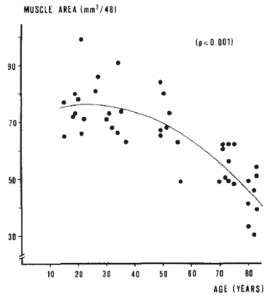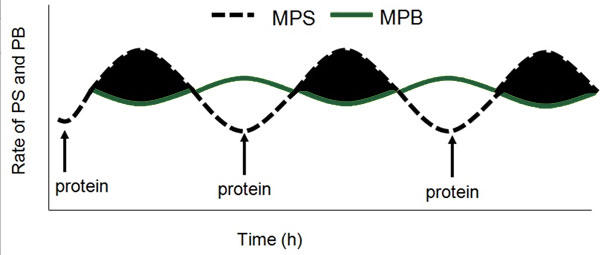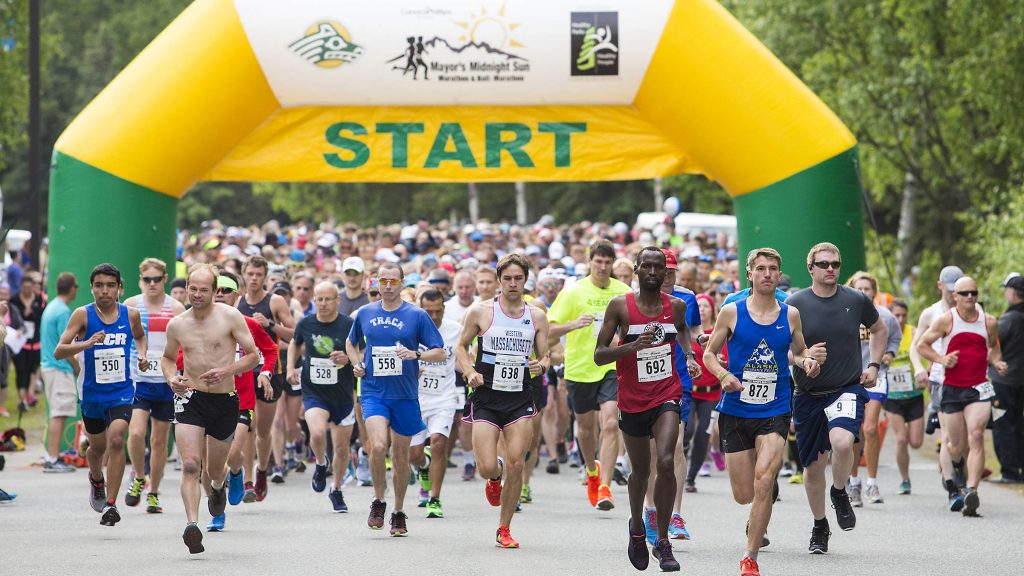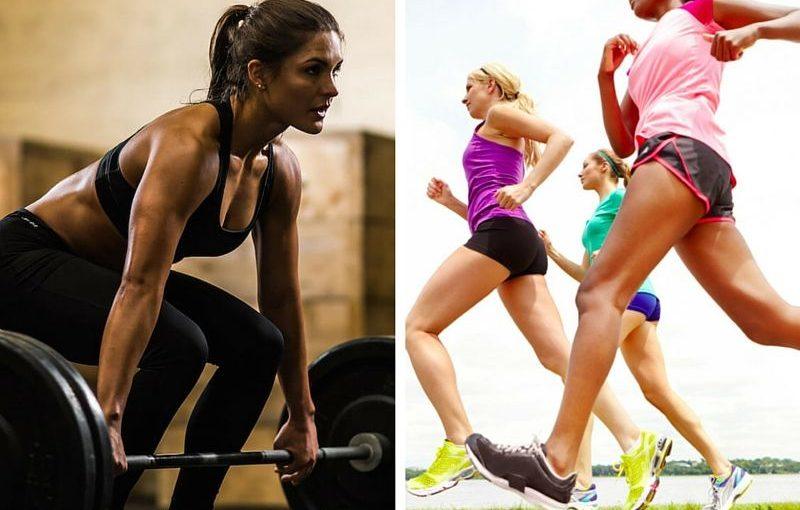Whether you like it or not, muscle loss eventually ends up on your priority list. With most going 40-50 years not thinking about it, until one day their doctor lets them know they have sarcopenia (or osteoporosis).

One of the reasons we see a rapid loss in muscle with age is because of a blunted response to dietary protein (anabolic resistance). Conventional wisdom will tell you this is ‘part of the natural aging process.’ Although it doesn’t take long to figure out it’s directly correlated with insulin resistance (something we can control).
The other reason muscle loss accelerates after 25 (and double-times after 50), is because people start to let Muscle Protein Breakdown (MPB) consistently outperform Muscle Protein Synthesis (MPS).
Muscle Loss = MPB > MPS
The easiest way to prevent this, is to keep MPS stimulated with dietary protein.

The other way is to exercise…
…although there’s a bit of a catch.
When it comes to stimulating MPS, exercising is clearly better than not exercising. However, MPB becomes a problem for those taking part in excessive exercise.
Following long bouts of endurance training, we see a significant level of muscle protein breakdown (MPB), as enzymes that degrade muscle are activated and amino acids liberated.
During exercise durations lasting 1 to 3hrs, protein breakdown varies between 5 and 10%.
For all you science geeks out there, excessive muscle contraction raises calpain and proteasome (proteases) that lead to muscle wasting and force loss. Not to mention the excessive cortisol (that inhibit testosterone) and free radicals (that damage cells), that we’ve discussed in the past.

Cortisol stimulates energy production by converting amino acids to glucose – inhibiting MPS and facilitating MPB.
Interestingly, the elevations in MPS after aerobic (moderate-intensity endurance) training are nowhere near what they are following anaerobic (resistance or high-intensity interval) training. Meaning, the gap between MPS and MPB becomes even greater when comparing the 2 exercise types:
- Endurance = Low MPS – High MPB
- Resistance = High MPS – Low MPB
Aside from the fact that strength and muscle are more important biomarkers for longevity than aerobic capacity, and we can improve endurance with anaerobic exercise, this is why resistance training trumps steady-state cardio.

As we’ve discussed, with steady-state cardio (or aerobic training) your results become stagnant unless you consistently go faster, further, or more frequently. And all these excessive distances and durations bring about, is more cell damage and muscle death.
Muscle loss means strength loss, and an increased risk of falls, fractures, and disability. Those with less muscle have a slower metabolic rate and less insulin sensitivity.
Resistance training, on the other hand, prevents muscle loss by increasing muscle protein synthesis (MPS) and inhibiting muscle protein breakdown (MPB). While reducing anabolic resistance, building strength, and increasing our resting metabolic rate.
Throw in the Live It NOT Diet! eating strategy, where animal protein is mandatory and glucose tolerance is continuously improving, and we can keep PREVENT MUSCLE LOSS off your To-Do list.
Stay Lean!
Coach Mike
RELATED ARTICLES:
Are You Eating Enough Protein?
1% Fitness FAQs - Looking to Gain Mass?
Building Muscle? Do Post-Workout The Right Whey
The Elderly Should Train For Strength & Muscle NOT Endurance
